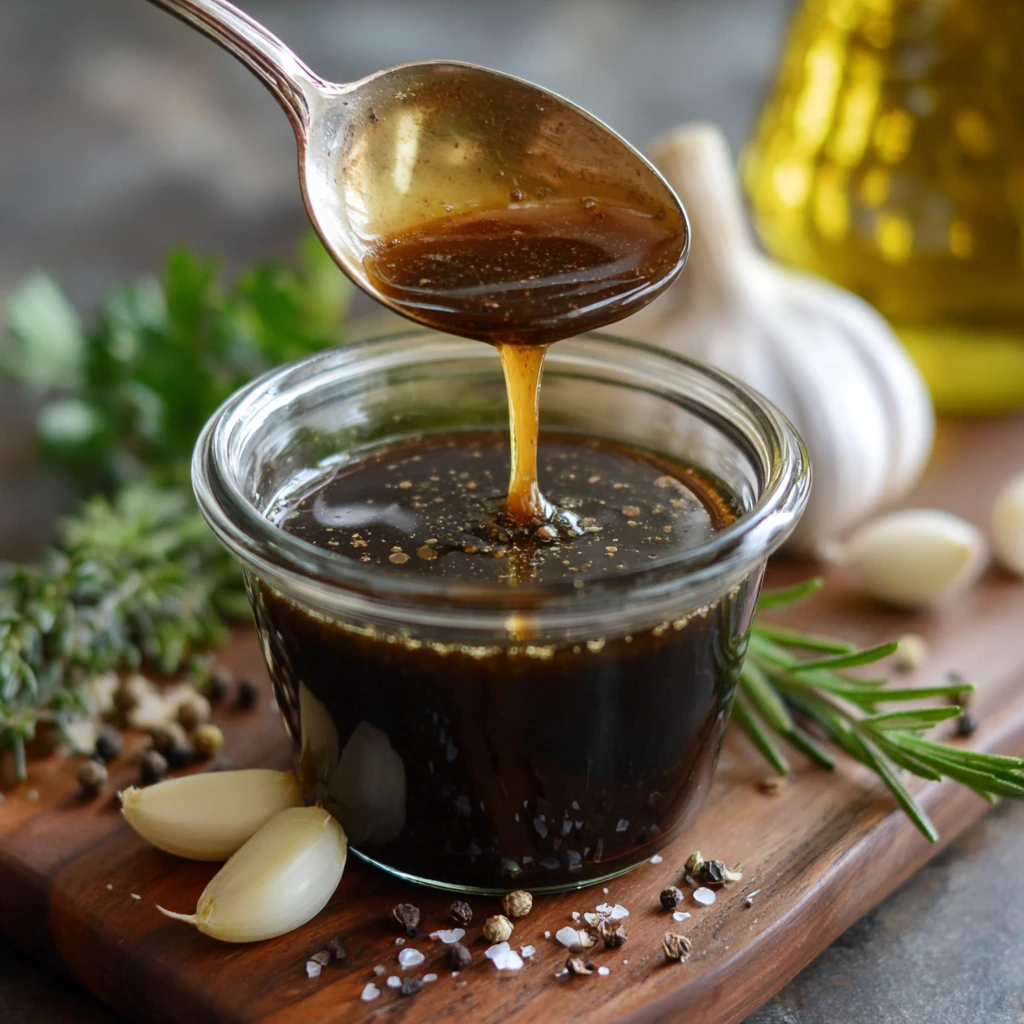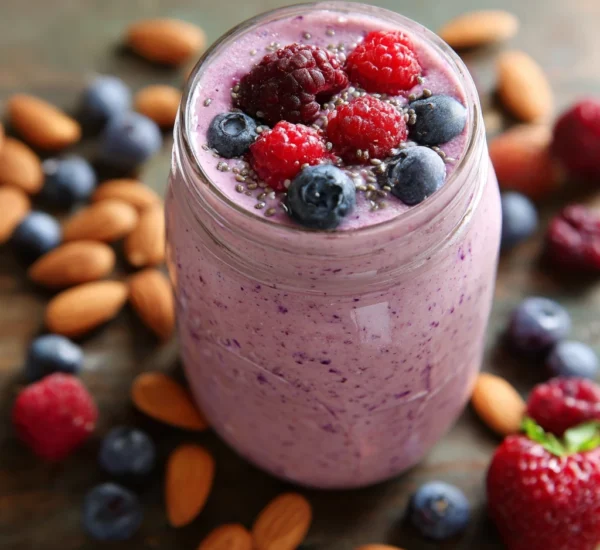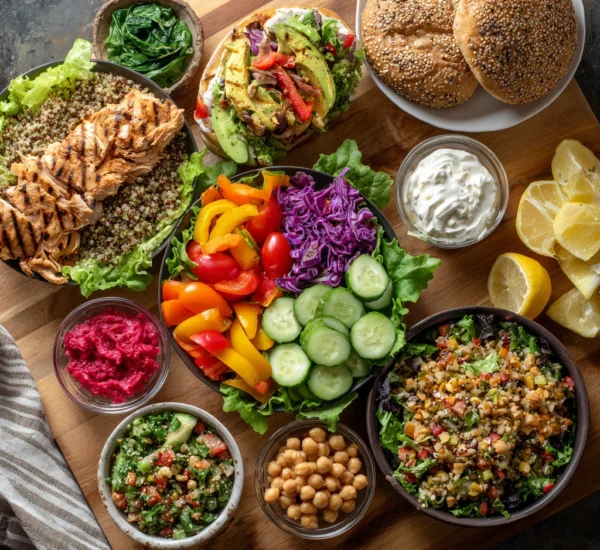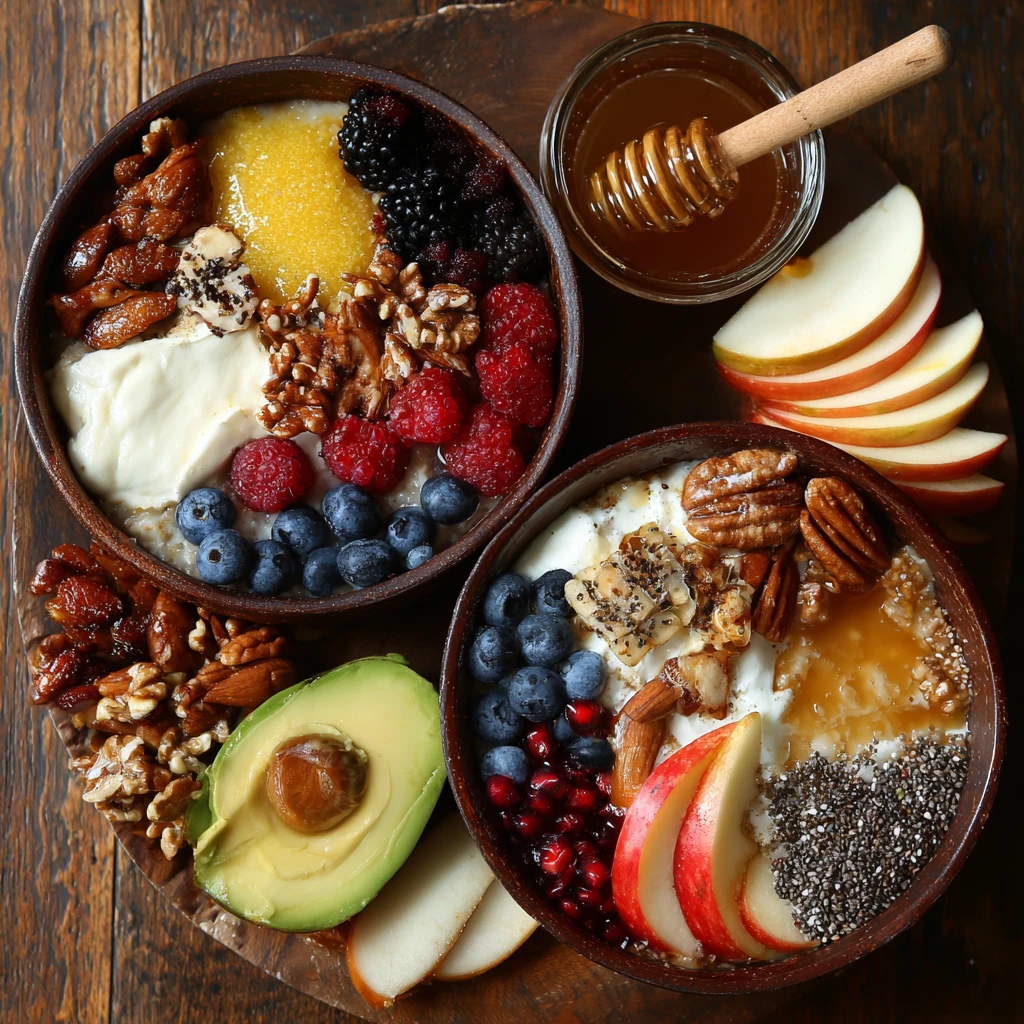Elevate Your Everyday Salads: The Ultimate Guide to Homemade Dressings
Salads are a fantastic way to incorporate fresh vegetables and healthy ingredients into your diet. But let’s face it, even the most vibrant salad can fall flat with a lackluster dressing. Ditch the bottled stuff and unlock a world of flavor with homemade dressings. Not only are they healthier (goodbye preservatives and excessive sodium!), but they also allow you to customize tastes to perfectly complement your ingredients. This comprehensive guide will equip you with everything you need to create incredible dressings for your daily salads.
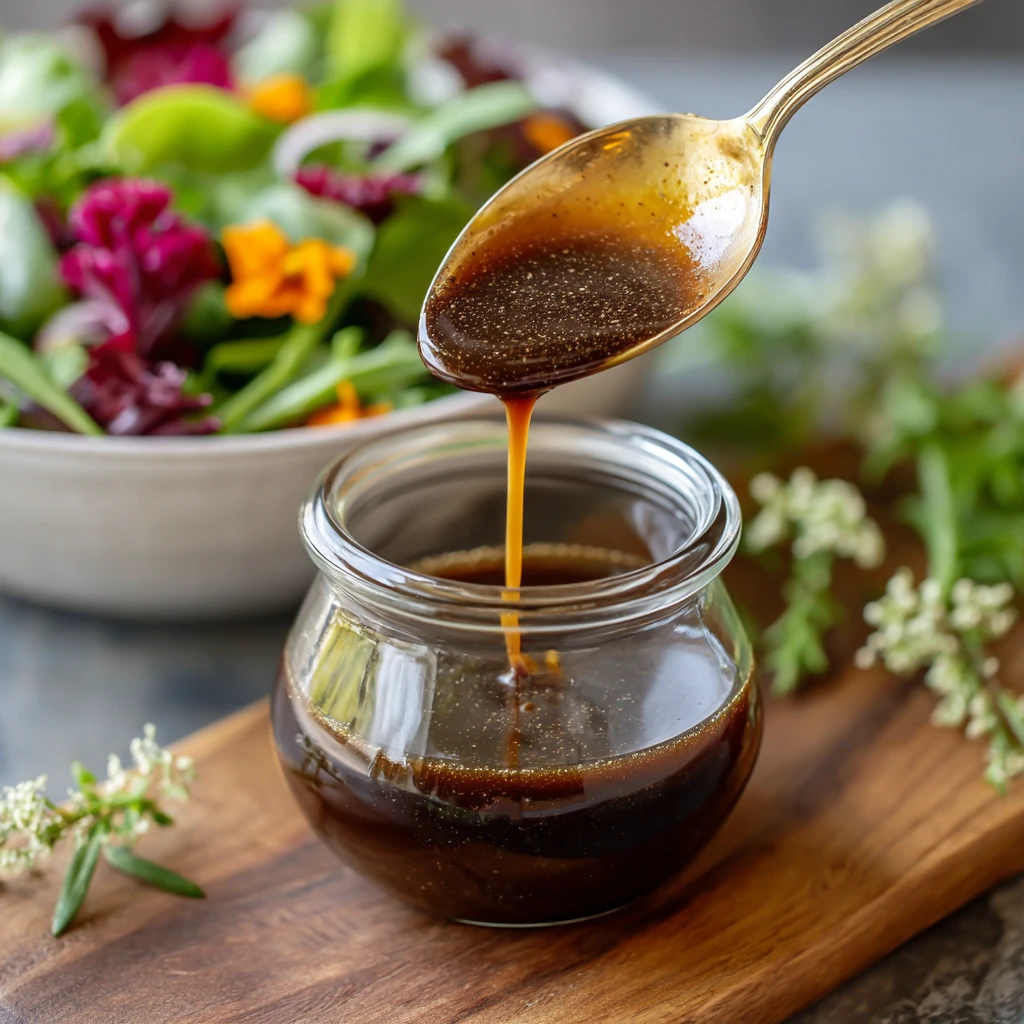
Why Homemade Dressings Are a Game Changer
Store-bought salad dressings often contain high amounts of sodium, sugar, unhealthy fats, artificial flavors, and preservatives. Making your own dressings allows you to control every ingredient, ensuring a healthier and more flavorful experience. You can use high-quality olive oil, fresh herbs, and natural sweeteners like honey or maple syrup. Plus, homemade dressings taste significantly better! They’re fresher, brighter, and more vibrant than anything you can buy in a bottle.
Healthier Ingredients, Better Taste
The beauty of homemade dressings lies in their simplicity. You likely already have many of the ingredients in your pantry. Think extra virgin olive oil, vinegars (balsamic, red wine, apple cider), mustards (Dijon, whole grain), fresh herbs (parsley, dill, chives), garlic, lemon juice, and honey. By using these wholesome ingredients, you’re nourishing your body while tantalizing your taste buds. Say goodbye to hidden additives and hello to pure, delicious flavor.
Cost-Effective and Customizable
Creating your own dressings is also surprisingly cost-effective. Bottled dressings can be expensive, especially when opting for higher-quality, organic options. By making your own, you can save money and tailor the flavor profile to your specific preferences. Want a tangy dressing? Add more vinegar. Craving something sweet? A touch of honey or maple syrup does the trick. The possibilities are truly endless.
Mastering the Basic Vinaigrette: Your Foundation for Flavor
The vinaigrette is the cornerstone of salad dressing. It’s a simple emulsion of oil and vinegar, often with added seasonings. Mastering the basic vinaigrette opens the door to a vast array of flavor combinations. The classic ratio is typically 3 parts oil to 1 part vinegar, but feel free to adjust this to suit your taste.
The Essential Ingredients: Oil, Vinegar, and Emulsifiers
The quality of your oil and vinegar greatly impacts the final flavor of your dressing. Opt for extra virgin olive oil for its rich flavor and health benefits. Experiment with different vinegars like balsamic, red wine, white wine, apple cider, or sherry vinegar to create unique flavor profiles.
An emulsifier helps to bind the oil and vinegar together, preventing them from separating. Dijon mustard is a popular choice, adding a subtle tang and creamy texture. Honey, maple syrup, or even a small amount of mayonnaise can also act as emulsifiers.
Step-by-Step Guide to Vinaigrette Perfection
1. Combine Vinegar and Emulsifier: In a small bowl, whisk together the vinegar, emulsifier (such as Dijon mustard), and any other desired seasonings (salt, pepper, garlic powder, herbs).
2. Slowly Add Oil: Gradually drizzle in the olive oil while continuously whisking. The mixture should begin to emulsify and thicken.
3. Taste and Adjust: Taste the dressing and adjust the seasonings as needed. Add more vinegar for tanginess, honey for sweetness, or salt and pepper for overall flavor.
4. Store Properly: Store the vinaigrette in an airtight container in the refrigerator for up to a week. Shake well before each use.
Beyond the Basics: Creative Dressing Variations
Once you’ve mastered the basic vinaigrette, it’s time to get creative! Experiment with different ingredients and flavor combinations to create dressings that perfectly complement your salads.
Creamy Dressings: Elevate Your Greens
For a richer and more decadent salad experience, try a creamy dressing. These dressings typically involve a base of mayonnaise, yogurt, sour cream, or buttermilk.
Classic Ranch Dressing: Combine mayonnaise, buttermilk, sour cream, dried dill, garlic powder, onion powder, and a touch of Worcestershire sauce.
Creamy Avocado Dressing: Blend ripe avocado, lime juice, cilantro, Greek yogurt, and a splash of water for a healthy and vibrant green dressing.
Blue Cheese Dressing: Crumble blue cheese into a mixture of mayonnaise, sour cream, buttermilk, and lemon juice.
Sweet and Tangy Dressings: A Flavor Explosion
These dressings offer a delightful balance of sweetness and tanginess, perfect for salads with fruit, nuts, or grilled chicken.
Honey Mustard Dressing: Whisk together Dijon mustard, honey, apple cider vinegar, and olive oil.
Poppy Seed Dressing: Combine mayonnaise, sugar, apple cider vinegar, poppy seeds, and a touch of onion.
Raspberry Vinaigrette: Blend fresh or frozen raspberries with red wine vinegar, olive oil, honey, and Dijon mustard.
Asian-Inspired Dressings: Exotic and Flavorful
For a taste of the East, try these Asian-inspired dressings, perfect for salads with shredded cabbage, carrots, and sesame seeds.
Sesame Ginger Dressing: Combine soy sauce, rice vinegar, sesame oil, ginger, garlic, and a touch of honey or maple syrup.
Peanut Dressing: Whisk together peanut butter, soy sauce, rice vinegar, honey, sesame oil, and a pinch of red pepper flakes.
Miso Dressing: Blend white miso paste, rice vinegar, sesame oil, ginger, garlic, and a touch of honey.
Pairing Dressings with Your Salad Ingredients
The key to a truly exceptional salad is to choose a dressing that complements the other ingredients. Consider the flavors and textures of your salad components when selecting a dressing.
Salad Ingredients and Dressing Compatibility
- Leafy Greens (Lettuce, Spinach, Arugula): Vinaigrettes, creamy dressings, sweet and tangy dressings
- Crunchy Vegetables (Cucumbers, Carrots, Bell Peppers): Vinaigrettes, Asian-inspired dressings, creamy dressings
- Fruits (Berries, Apples, Pears): Sweet and tangy dressings, vinaigrettes with a touch of honey
- Nuts and Seeds: Vinaigrettes, Asian-inspired dressings, creamy dressings
- Cheese: Vinaigrettes, creamy dressings, blue cheese dressing
- Grilled Chicken or Fish: Vinaigrettes, Asian-inspired dressings, creamy dressings
Creating the Perfect Salad Harmony
Experiment with different combinations to find your favorite pairings. A light vinaigrette is a great all-purpose option for most salads. Creamy dressings work well with heartier salads that include protein and cheese. Sweet and tangy dressings are perfect for salads with fruit and nuts. Asian-inspired dressings add a unique flavor dimension to salads with crunchy vegetables and sesame seeds.
Storing and Preserving Your Homemade Dressings
Proper storage is crucial to maintaining the freshness and flavor of your homemade dressings.
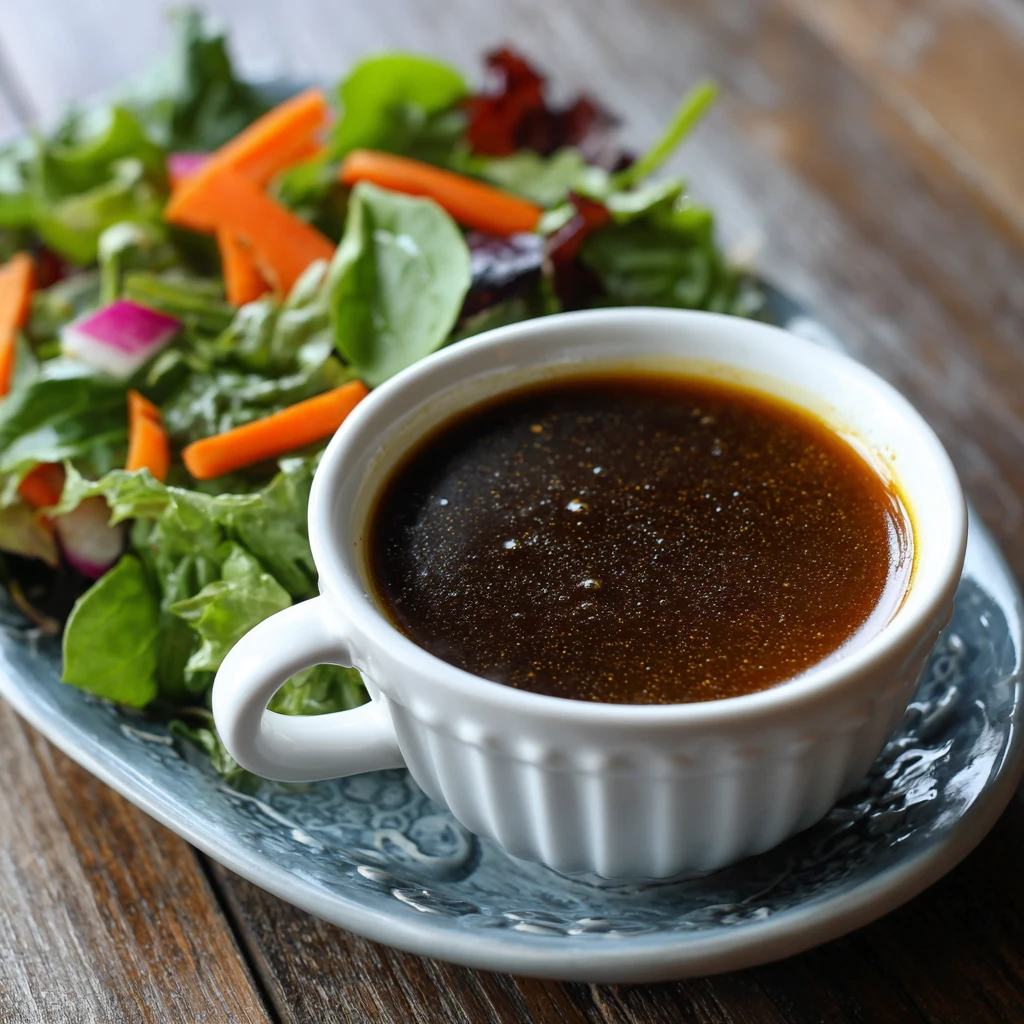
Tips for Optimal Freshness
- Airtight Containers: Store dressings in airtight containers in the refrigerator to prevent oxidation and flavor loss.
- Refrigeration: Most homemade dressings will last for up to a week in the refrigerator.
- Shake Well: Always shake the dressing well before each use, as the oil and vinegar may separate over time.
- Label and Date: Label the container with the date you made the dressing to keep track of its freshness.
Troubleshooting Common Dressing Issues
- Separation: Separation is normal in homemade dressings. Simply shake well before using.
- Too Thick: If your dressing is too thick, add a little water or vinegar to thin it out.
- Too Thin: If your dressing is too thin, add a little more oil or an emulsifier like Dijon mustard.
- Flavor Fading: As dressings sit, the flavors may mellow. Taste and adjust the seasonings as needed before serving.
FAQ: Your Homemade Dressing Questions Answered
Q: How long does homemade salad dressing last in the fridge?
A: Most homemade dressings will last for up to a week in the refrigerator when stored in an airtight container.
Q: What is the best oil to use for salad dressing?
A: Extra virgin olive oil is a popular choice for its rich flavor and health benefits. You can also use other oils like avocado oil, walnut oil, or grapeseed oil, depending on your preference.
Q: How do you keep homemade dressing from separating?
A: Use an emulsifier like Dijon mustard, honey, or mayonnaise to help bind the oil and vinegar together. Whisk the dressing vigorously and store it in the refrigerator. Shake well before each use.
Q: Can I freeze homemade salad dressing?
A: While some dressings freeze better than others, it’s generally not recommended to freeze dressings containing mayonnaise, yogurt, or sour cream, as they may separate upon thawing. Vinaigrettes without these ingredients can be frozen, but the texture may change slightly.
Q: What can I use instead of vinegar in salad dressing?
A: Lemon juice or lime juice are excellent substitutes for vinegar in salad dressings. They add a bright and tangy flavor.
Q: How do I make a vinaigrette thicker?
A: Add more emulsifier, such as Dijon mustard or honey. You can also slowly drizzle in more olive oil while whisking vigorously.
Q: How do I make my salad dressing taste better?
A: Taste and adjust the seasonings as needed. Add more vinegar for tanginess, honey for sweetness, or salt and pepper for overall flavor. Experiment with different herbs, spices, and other flavorings to find your perfect combination.
Q: What is the best way to emulsify salad dressing?
A: The best way to emulsify salad dressing is to slowly drizzle in the oil while whisking vigorously. This helps to create a stable emulsion that prevents the oil and vinegar from separating. You can also use a blender or food processor for a smoother and more consistent emulsion.
